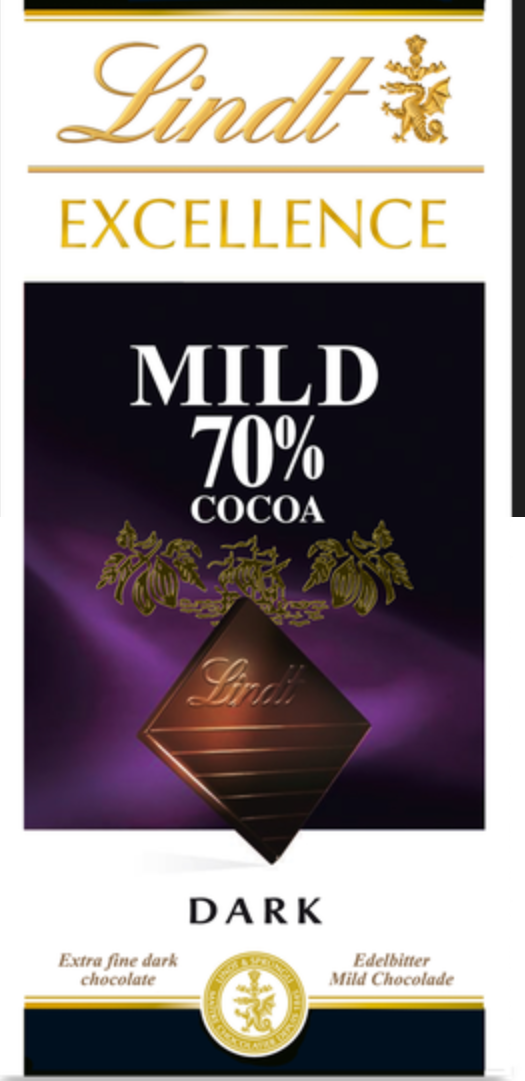
Ghana and Ivory Coast
How is it produced?
The cocoa bean is the main ingredient in the Lindt 70% chocolate bar. The farmers are responsible for growing the bean, harvesting, cleaning, fermenting and drying them before they are shipped off to factories in Germany and Switzerland for processing in their factories.
Describe the supply chain to the store shelf in Canada:
Lindt prides itself on having most of their beans grown on farms that are included in their own farming program. After the beans have been packed, they are shipped to Germany or Switzerland where the final product is produced. In the past the company has shipped its product to the US and then on to Canada but due to the current US tariffs (or threat thereof), Lindt is looking to ship their finished products shipped to Canada directly from Europe.
What is the power balance between the producer and seller?
The farmers have little say over the price they get from the beans they produce. Many of the larger companies and industry regulators finance the farmers supplies, and this keeps the farmers in debt and at their mercy. Child labor and environmental destruction are a continuous problem in this industry.
Can you recommend changes to the system to improve the balance?
There is no clear answer as to how to improve the system in this industry. Farmers need to be compensated fairly so they don’t live in poverty and have to send their child to work. But in doing so the price would be very high at the grocery store and no one would purchase their product. Access to more efficient equipment at little to no cost, would speed up the process so the farmer didn’t have to spend as many hours in the fields allowing for part time employment elsewhere. This would increase the farmers bottom line but might be very difficult to achieve. I am not sure I have the answer to this problem, although I feel there needs to be a better way.
References/Resources:
Dontoh, E., & Gitau, M. (2024). Ghana Cocoa Buyers Sidelined as Exporters Fill Funding Gap. Bloomberg.Com, N.PAG.
Lindt (2025). Gourmet Chocolate by Lindt for every occasion: Lindt USA. Gourmet Chocolate by Lindt for Every Occasion | Lindt USA. (n.d.). http://www.lindt.com/
Higuchi, A., Coq-Huelva, D., Vasco, C., Alfalla-Luque, R., & Maehara, R. (2023). An evidence based relationship between technical assistance and productivity in cocoa from Tocache, Peru. Revista de Economia e Sociologia Rural, 61(1), 1–19. https://doi.org/10.1590/1806-9479.2021.253614
Mieu, B., & Gitau, M. (2025). Rising Margins for Cocoa Reduce Demand for Ivory Coast’s Harvest. Bloomberg.Com, N.PAG.
Poole Lehnhoff, K. (2023). From “bean to bar”: the role of chocolate manufacturing companies and voluntary sustainability standards (T). University of British Columbia. Retrieved from https://open.library.ubc.ca/collections/ubctheses/24/items/1.0435230
Rodrik, D. (2011). The Globalization Paradox: Democracy and the future of the world economy. W.W Norton and Company Ltd.
Stiglitz, J. E. (2006). Lifting the resource curse in Making Globalization Work. Norton & Company Ltd.

